Ensure Web Standards Compliance using W3C Validation for your Website
W3C Validation stands for World Wide Web Consortium (W3C) standards that allows internet users to check HTML and XHTML documents for well-formatted markup to ensure that they adhere to the latest HTML, CSS, and other web technologies’ specifications. This consortium was founded by Tim Berners-Lee and is run by a full-time staff who continue creating and preserving web standards.
This validation helps improve website functionality, compatibility, and accessibility across different browsers and devices.
Why W3C Validation Matters
- Error Detection & Debugging
- Identifies coding errors, missing tags, or improper nesting that could break a website’s layout or functionality.
- Cross-Browser Compatibility
- Ensures that web pages render consistently across various browsers (Chrome, Firefox, Edge, Safari, etc.).
- SEO Benefits
- Clean and compliant code improves search engine ranking as search engines prioritize well-structured websites.
- Better User Experience
- Reduces page loading errors and enhances overall user experience.
- Future-Proofing Websites
- Ensures that web pages remain functional as new browser versions and web technologies emerge.
Types of W3C Validation
- HTML Validation
- Checks the syntax and structure of HTML documents.
- Uses the W3C Markup Validation Service.
- CSS Validation
- Verifies that stylesheets follow CSS standards.
- Uses the W3C CSS Validation Service.
- XML Validation
- Ensures XML documents are well-formed and valid.
- Accessibility Validation
- Evaluates compliance with Web Content Accessibility Guidelines (WCAG).
How to Validate Your Website?
1. Using W3C Online Validators
- Visit W3C Validator.
- Enter your website URL or upload your HTML file.
- Check results and fix errors accordingly.
2. Browser Extensions & Developer Tools
- Install browser add-ons like HTML Validator or CSS Validator.
3. IDE & Code Editors with Built-in Validators
- Use tools like VS Code, Sublime Text, or WebStorm that offer real-time validation.
4. Automated Testing Tools
- CI/CD pipelines can include W3C validation checks using plugins and scripts.
Common W3C Validation Errors & Fixes
| Error | Description | Fix |
|---|---|---|
| Unclosed Tags | Missing closing tags like <p>, <div>, <table> | Ensure all elements are properly closed. |
| Deprecated Elements | Usage of outdated tags like <font>, <center> | Replace with modern CSS styling. |
| Incorrect Attribute Values | Non-standard attributes in elements | Use attributes that comply with W3C guidelines. |
| Missing ALT Attributes | Images without alt text for accessibility | Add descriptive alt text to images. |
Conclusion
W3C validation is an essential step in web development to ensure high-quality, error-free, and accessible websites. By following W3C standards, developers can improve their site’s performance, SEO, and user experience while ensuring future compatibility with evolving web technologies.








Leave a Reply